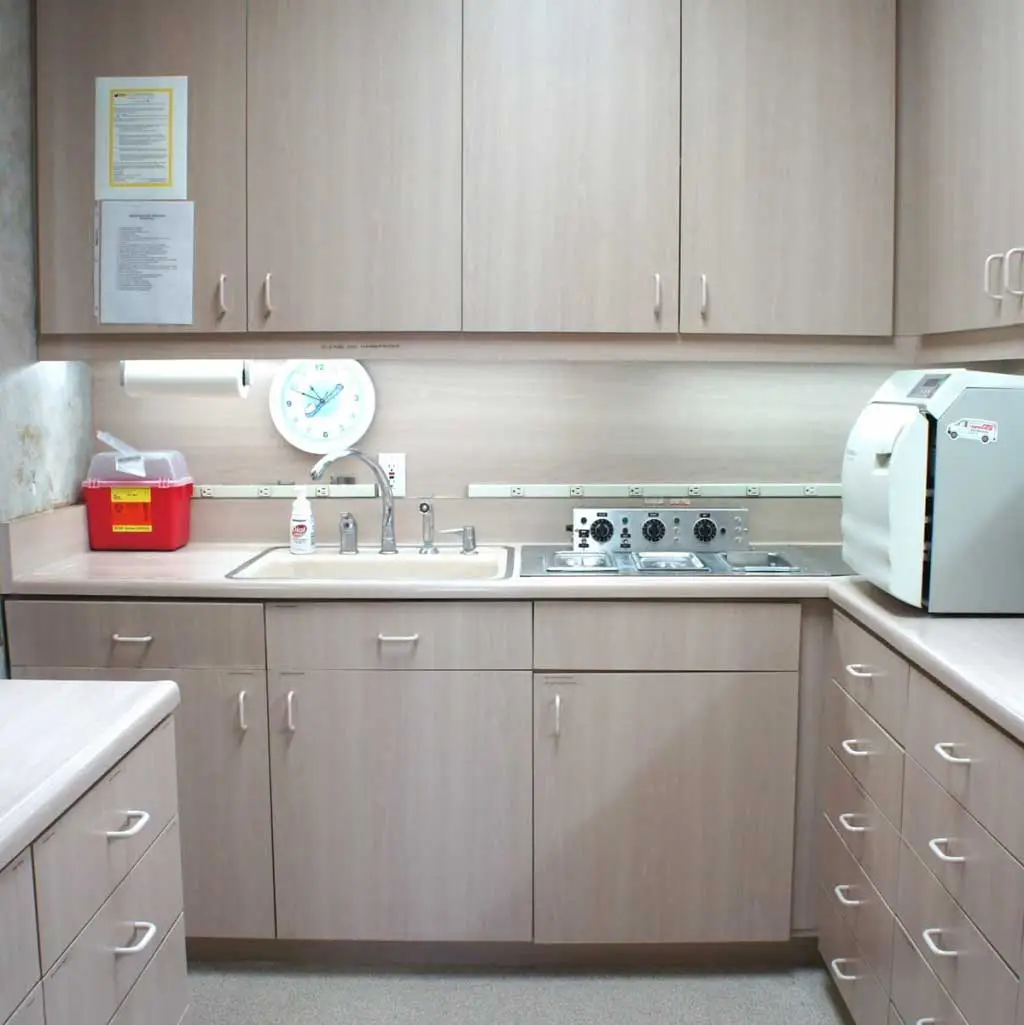At Encinitas Dental Art, located in the heart of Encinitas, CA, we don’t just see dental procedures as treatments; we view them as a vital part of your overall health and well-being. Our dental crowns service embodies this philosophy, offering a restorative solution that not only enhances the function and appearance of your teeth but also contributes to your holistic health.
Understanding Dental Crowns
Dental crowns, or caps as they are sometimes called, play a crucial role in dental restoration. They are meticulously crafted to cover the entire visible portion of a tooth, restoring its shape, size, strength, and, importantly, its health. The need for a crown arises in various situations, such as:
- Protecting a tooth weakened by decay or restoring one that’s already damaged.
- Covering a dental implant or a discolored and misshapen tooth for a more appealing look.
- Holding a dental bridge in place, acting as a strong support for the structure.
Each crown is custom-made to blend seamlessly with your natural teeth, achieving a balance between aesthetics and functionality.










